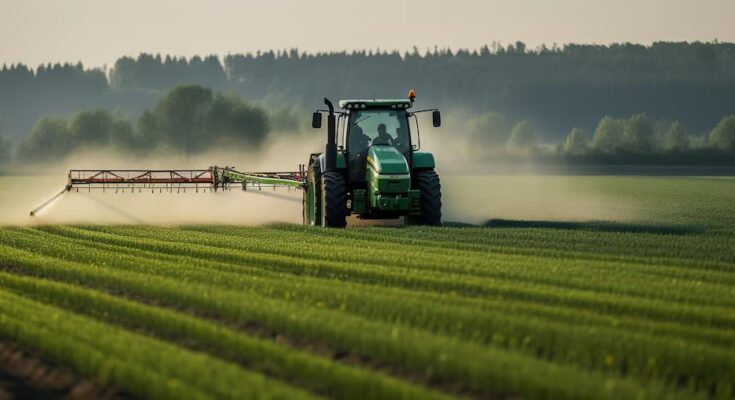In Italy, sales of crop protection products decreased by 18% between the three-year periods 2021-2023 and 2012-2014. This data comes from the latest half-yearly report submitted by the Agrofarma Observatory on Tuesday 11 November in Bari. Experts explain that the first thing that happened was a decrease in the amount of fungicide, which was followed by a decrease in the amount of herbicide. The visible reduction is greater when looking at the volume of active ingredients contained in the product, which fell by 24%. At the same time, the use of active ingredients of biological origin experienced a significant increase of +133%.
Therefore, Italy records a very significant reduction compared to the EU average and, in terms of food safety, remains at the forefront: data shows that we are among the countries with the lowest content of agrochemical residues in food, with only 1% of food having residues of plant protection products above the permitted limits. «There is a change underway – says the president of Agrofarma-Federchimica, Paolo Tassani – which includes not only the provision of new solutions, but also the correct implementation of good plant defense practices. Farmers are so aware of this that they have been acting on the ground for years to ensure greater sustainability.”
Innovation in the field of pesticides is also progressing: according to observatory data, more than half of the active ingredients currently permitted in the EU have been introduced in the last ten years. In Italy alone, 85% of agricultural chemicals on the market today were approved after 2010. In addition, in the period January 2024 – October 2025, there are 38 new pesticides permitted in our country, the use of which is also permitted in organic farming, 17 more than in the same period 2023-2024.
Regarding emissions, ozone precursors, acidifying agents and greenhouse gases have also been reduced in the last ten years. Ammonia emissions from the agricultural sector actually increase between 2022 and 2023, but despite this, the downward trend that began in the early 1990s persists and, in any case, the emission control goals agreed by Italy and the EU for 2030 have been achieved in 2021.


